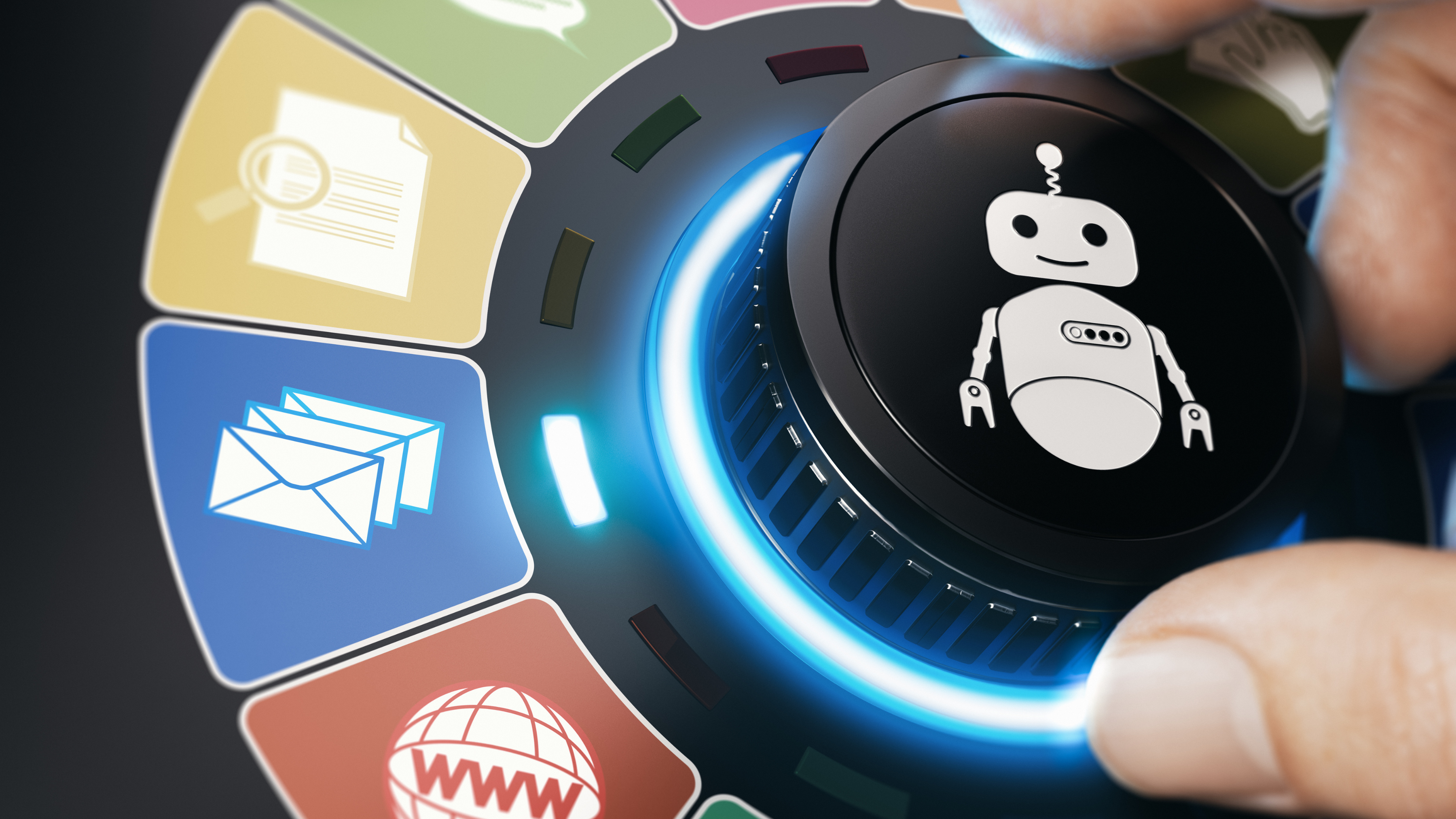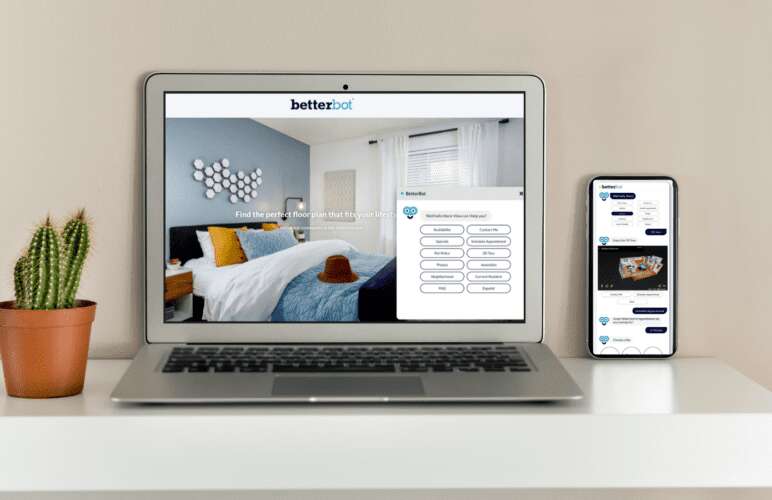While the multifamily sector has demonstrated stability and reliability, there is an opportunity for us to explore and embrace innovative solutions that could enhance our operations and resident experiences. By adopting forward-thinking technologies and strategies, we can position ourselves at the forefront of innovation within the multifamily industry. As automation reshapes traditional workflows across industries, it’s crucial for multifamily professionals to remain attuned to emerging trends beyond multifamily boundaries.
Let’s delve into key automation trends transcending industry borders and their potential impact on multifamily housing.
1. Hyper-Personalization
Today’s consumers expect tailored experiences, and automation is delivering just that. From retail to healthcare, organizations leverage automation to cater to individual preferences. In the retail sector, hyper-personalization has become a driving force behind customer engagement and satisfaction. Through automation and data analytics, retailers tailor the shopping experience to individual preferences, offering personalized product recommendations, promotions, and in-store experiences. From online platforms analyzing browsing and purchase history to brick-and-mortar stores using technologies like beacons and facial recognition, retailers strive to anticipate and meet the unique needs of each customer, ultimately fostering stronger relationships and driving sales.
2. Predictive Analytics
Anticipating tenant needs is critical for effective property management. Predictive analytics empower multifamily professionals to forecast behaviors, optimize leasing strategies, and proactively address maintenance issues. Similarly, in the medical industry, predictive analysis plays a crucial role in improving patient outcomes and healthcare delivery. By harnessing vast amounts of patient data, including electronic health records, diagnostic tests, and treatment histories, healthcare providers can leverage predictive analytics to forecast disease progression, identify at-risk patients, and personalize treatment plans. For example, predictive models can help physicians anticipate complications during surgery or hospital stays, allowing for proactive interventions to mitigate risks and improve patient safety. Moreover, healthcare organizations utilize predictive analytics to optimize resource allocation, forecast patient admissions, and streamline operational workflows, ultimately enhancing efficiency and reducing costs.
3. IoT Integration
The Internet of Things (IoT) refers to the network of interconnected devices embedded with sensors, software, and other technologies, enabling them to collect and exchange data over the Internet. In the multifamily industry, IoT revolutionizes property management and enhances the living experience for tenants. IoT devices can monitor and control various aspects of a property, such as lighting, heating, air conditioning, security systems, and even appliances. For example, smart thermostats adjust temperature settings based on occupancy patterns, optimizing energy efficiency and reducing utility costs. Security cameras equipped with IoT technology provide real-time monitoring and alerts for unauthorized access or suspicious activities, enhancing property security. Additionally, IoT-enabled sensors can detect maintenance issues like water leaks or HVAC malfunctions, allowing property managers to address problems promptly and prevent costly damages. Overall, IoT integration in real estate improves operational efficiency, reduces maintenance costs, and enhances tenant comfort and safety.
4. Augmented Reality (AR) and Virtual Reality (VR)
AR and VR redefine property showcasing with immersive virtual tours. Automation solutions use AR and VR to provide realistic visualizations of living spaces, enabling remote exploration and enhancing engagement. In the hospitality industry, augmented reality (AR) and virtual reality (VR) technologies are revolutionizing guest experiences and marketing strategies. AR and VR offer immersive and interactive experiences that allow potential guests to explore hotels, resorts, and event spaces virtually. One prominent application of AR in the hospitality sector is the use of augmented reality apps that provide users with virtual tours of hotel rooms and amenities. Guests can use their smartphones or AR-enabled devices to overlay digital information onto real-world environments, such as viewing hotel room layouts or exploring nearby attractions. This technology enhances the booking process by giving guests a realistic preview of their accommodations and helping them make informed decisions.
Furthermore, AR and VR technologies are used in the hospitality industry for training purposes. Hotel staff can undergo virtual reality simulations to practice various scenarios, such as handling guest inquiries or emergency situations, in a safe and controlled environment. This training approach enhances employee skills and improves service quality, ultimately leading to higher guest satisfaction. Overall, AR and VR technologies offer the hospitality industry innovative ways to attract guests, enhance guest experiences, and improve operational efficiency.
5. Voice-Activated Assistants
Voice-activated assistants, powered by AI, simplify tasks and provide real-time assistance in modern households and similar to AR and VR is booming in the hospitality industry. Voice-activated assistants are increasingly integrated into guest rooms and common areas to enhance the guest experience and streamline operations. These assistants, powered by artificial intelligence (AI) and natural language processing (NLP), enable guests to interact with hotel amenities and services using voice commands. One common application is the use of voice-activated assistants to control room settings, such as adjusting temperature, lighting, or entertainment systems. Guests can simply issue voice commands to the assistant, eliminating the need to manually operate switches or remotes.
In summary, the multifamily housing industry stands on the brink of a transformative automation revolution. By embracing out-of-industry automation trends and leveraging innovative solutions, multifamily professionals can unlock new opportunities for operational excellence, tenant satisfaction, and sustainable growth. Staying ahead of the curve is not just a choice—it’s a strategic imperative for success in the multifamily landscape.




